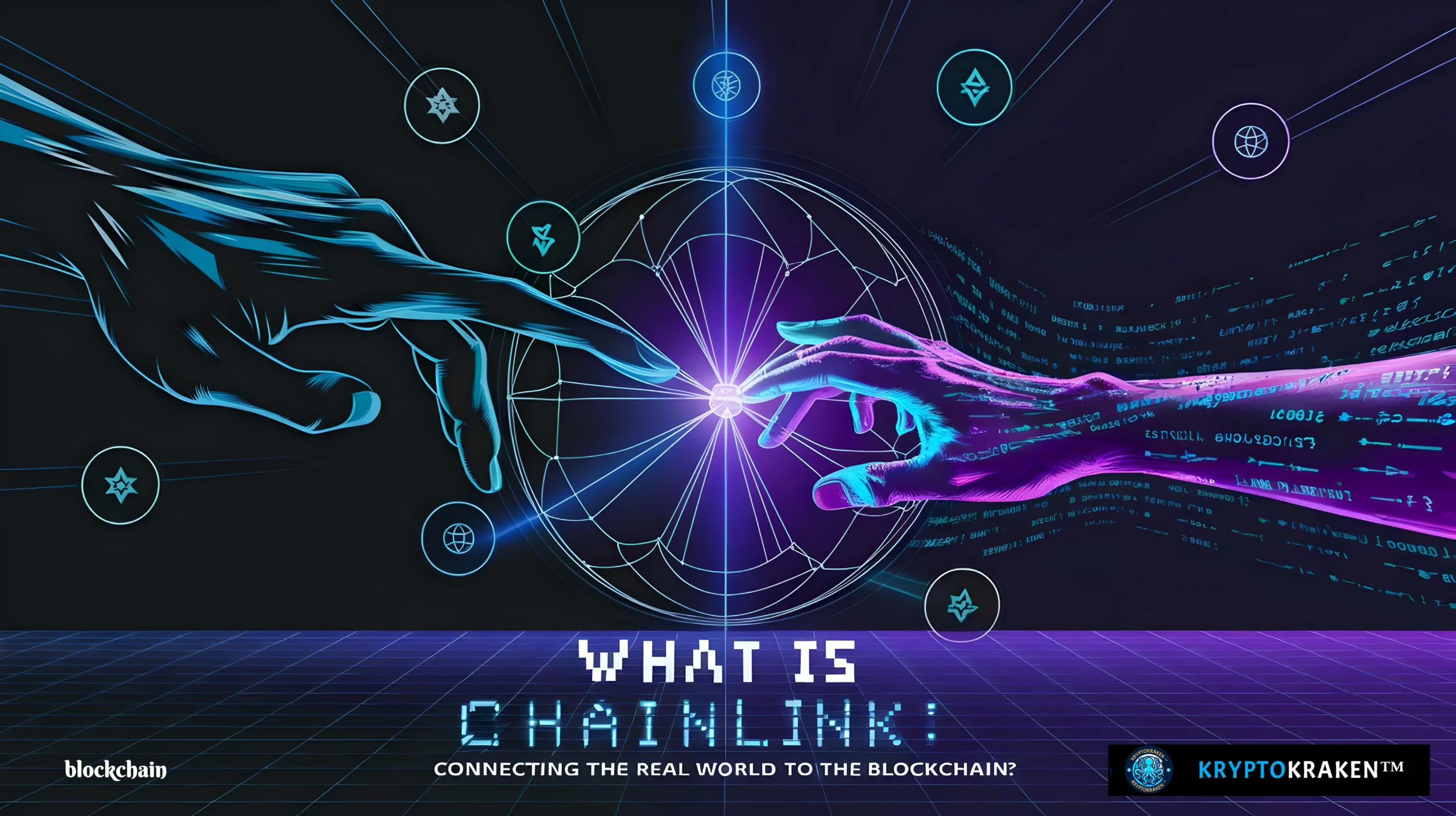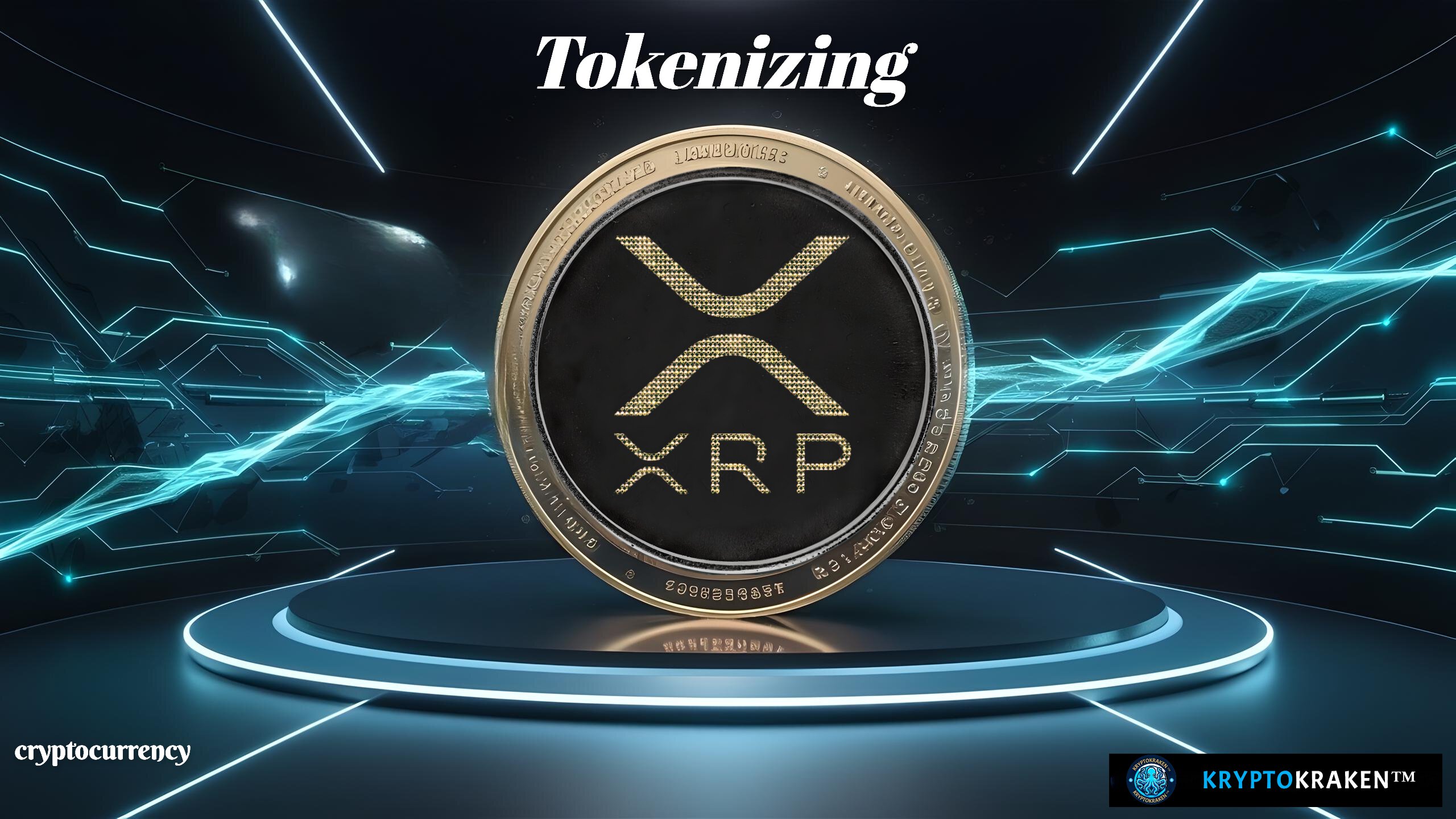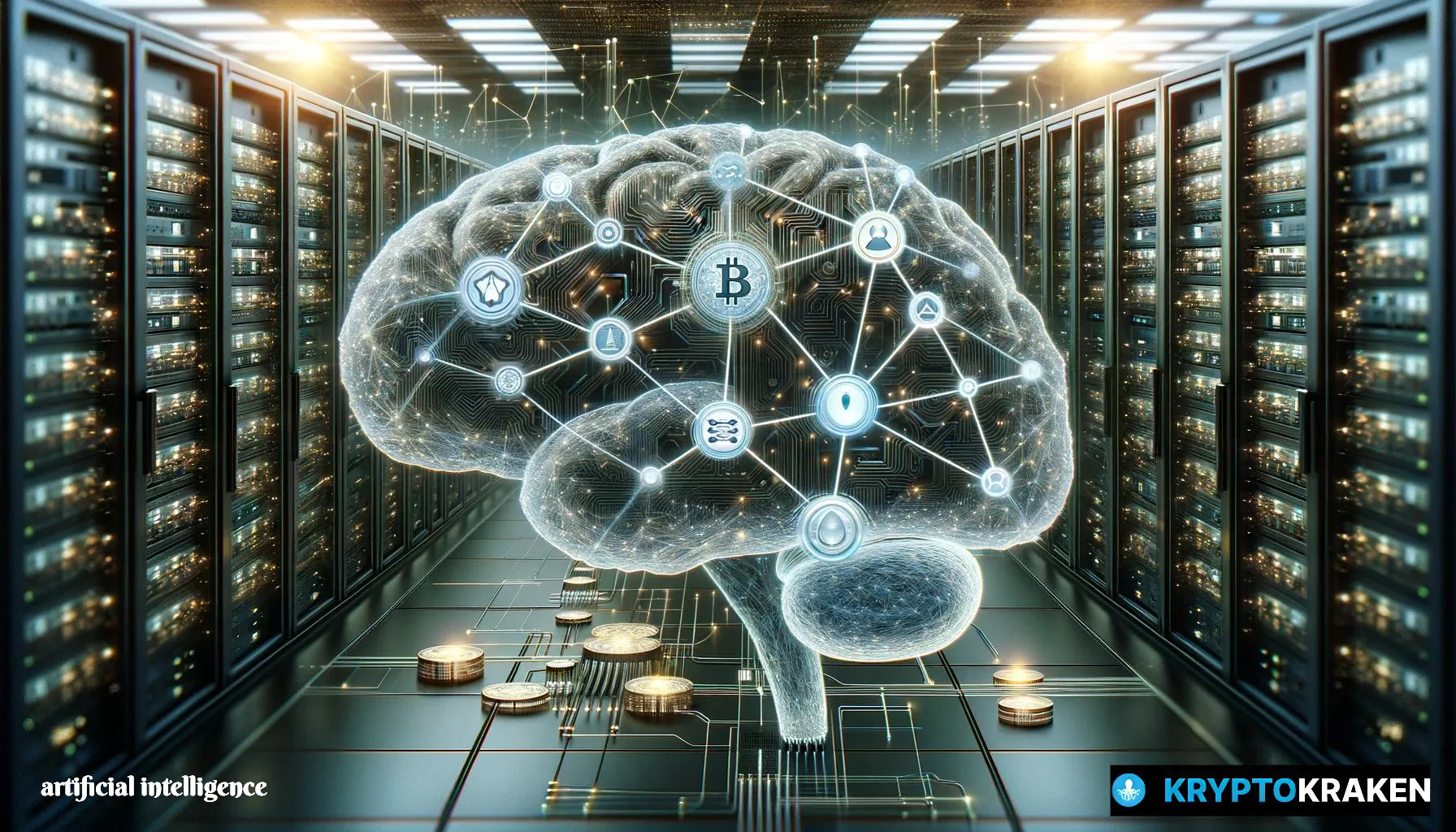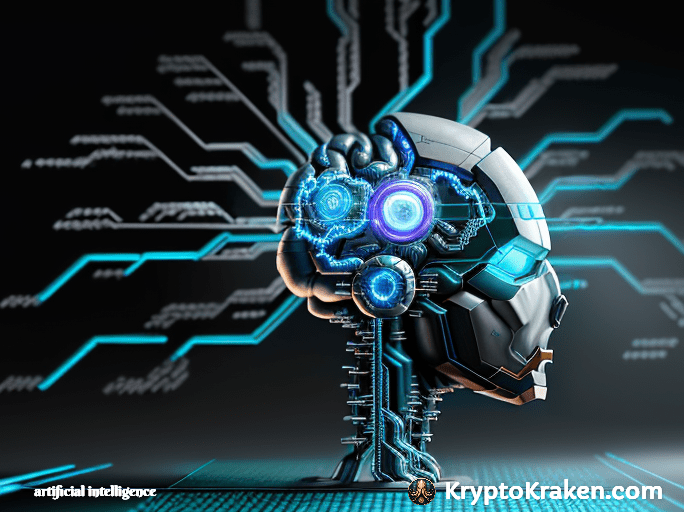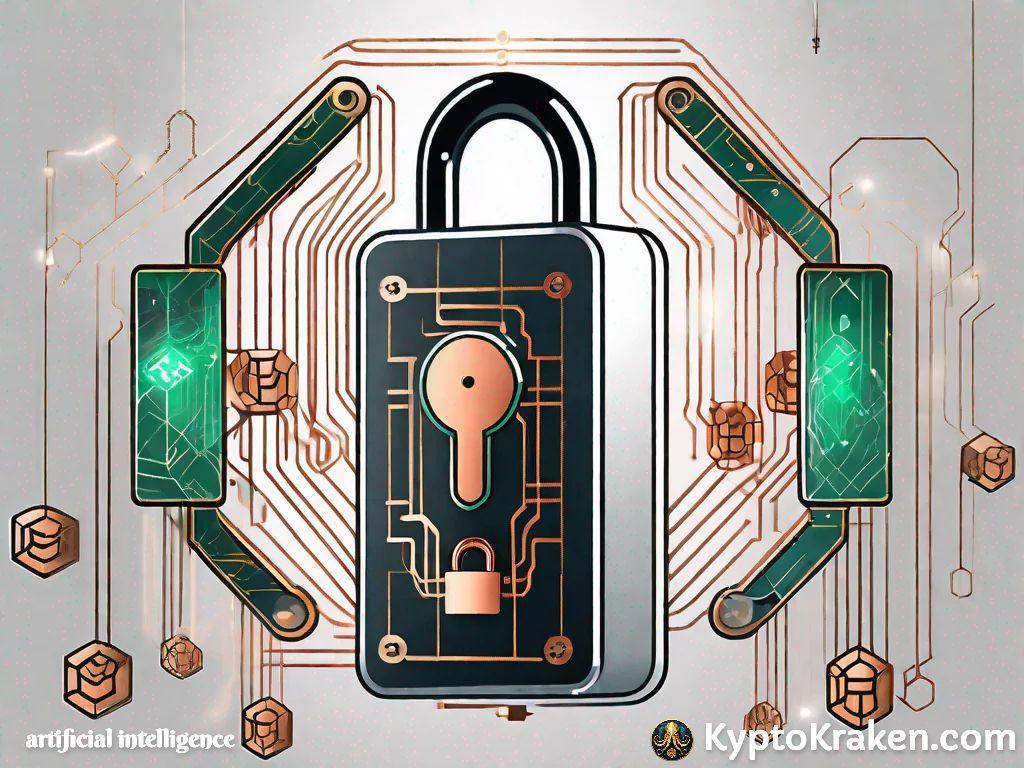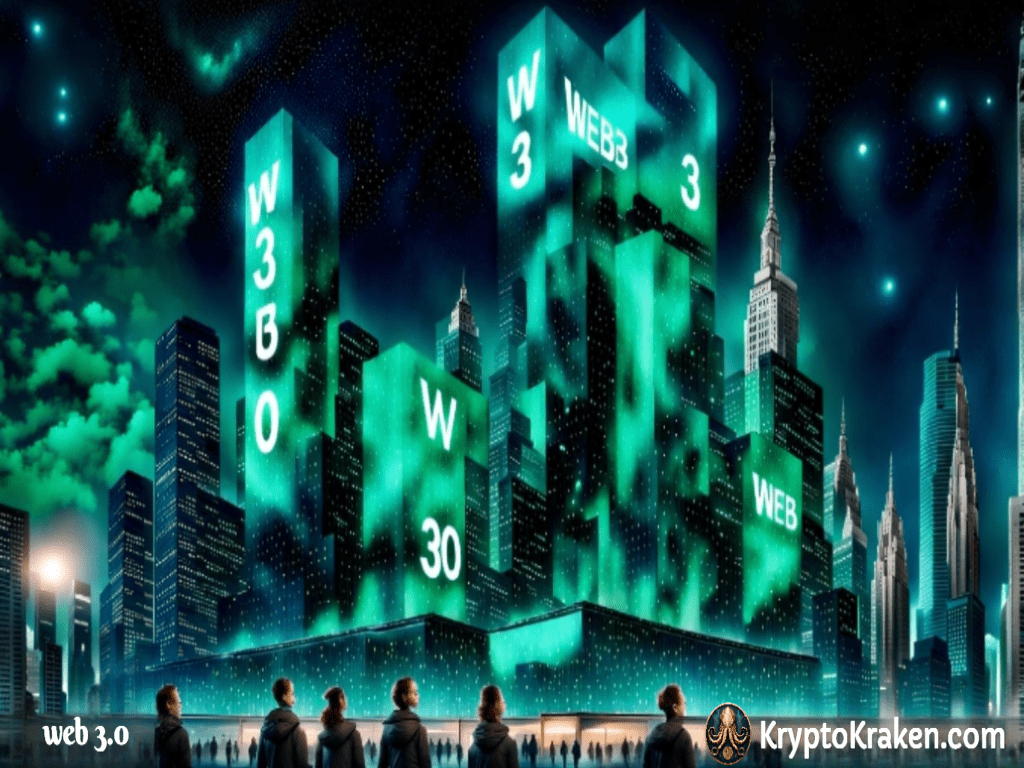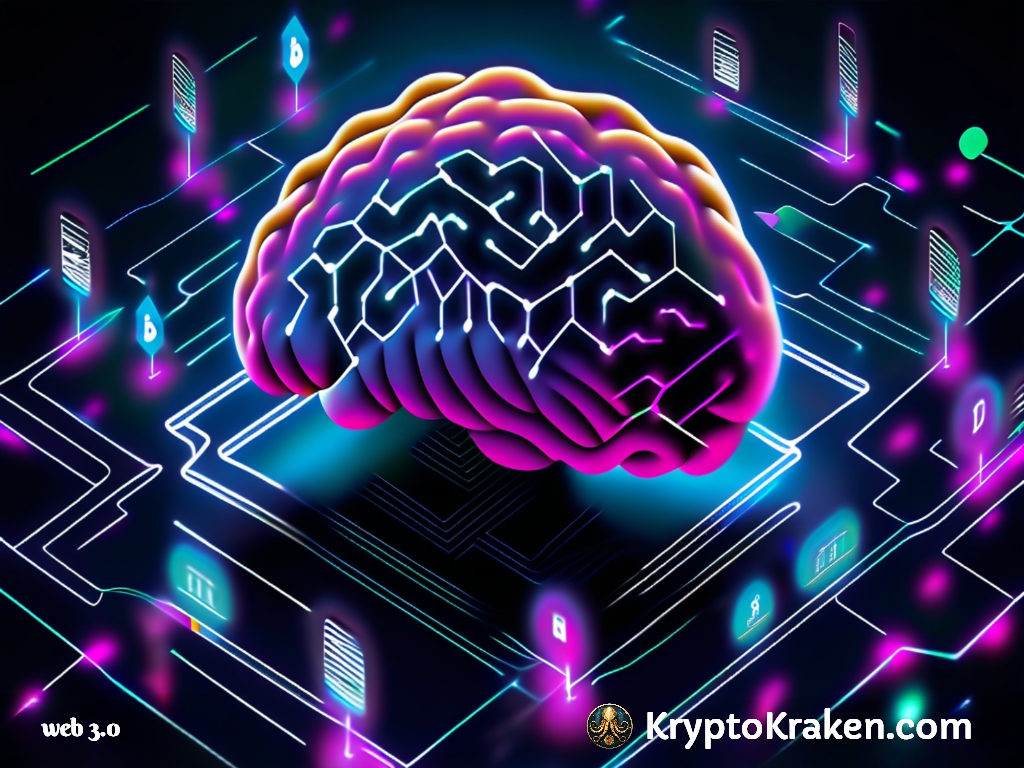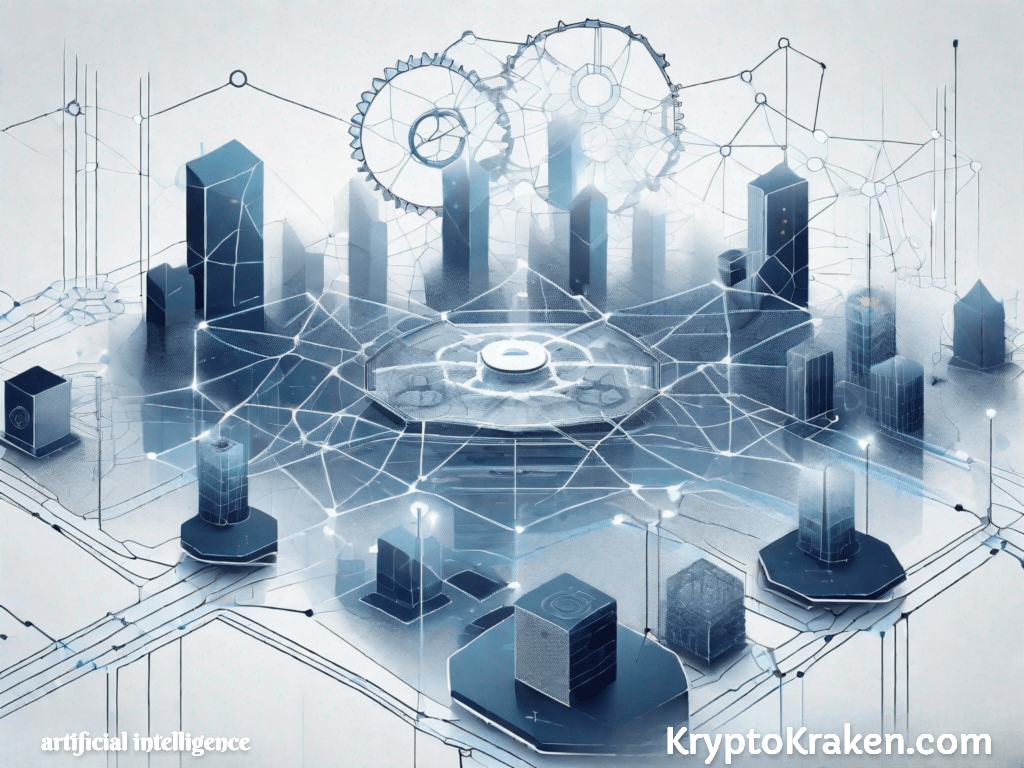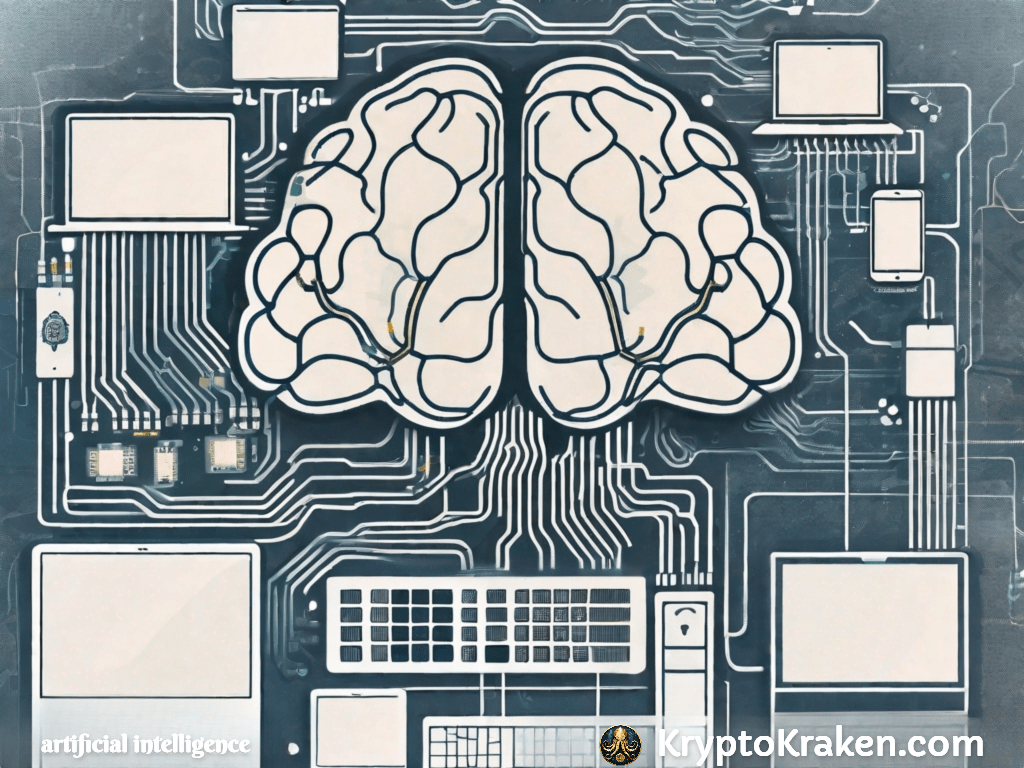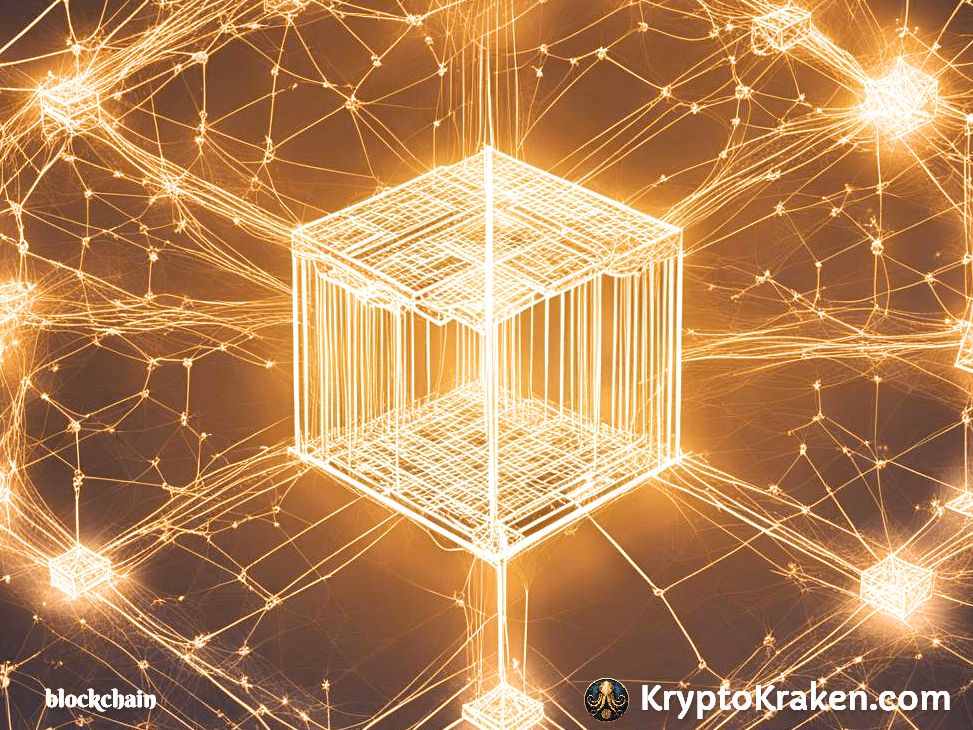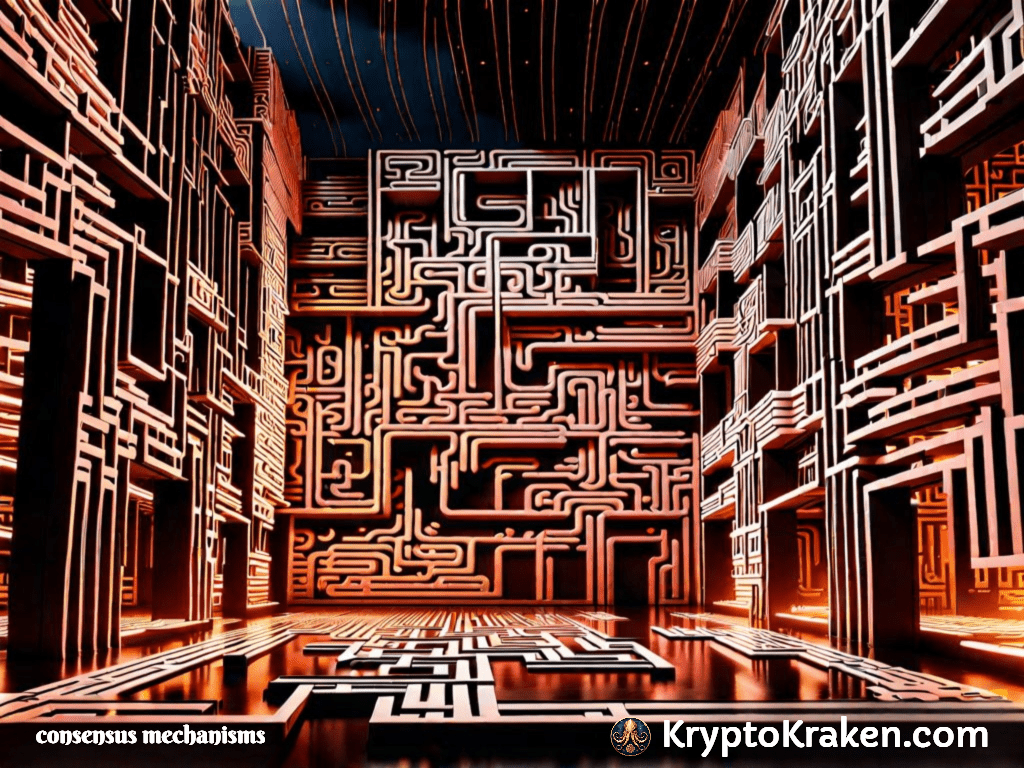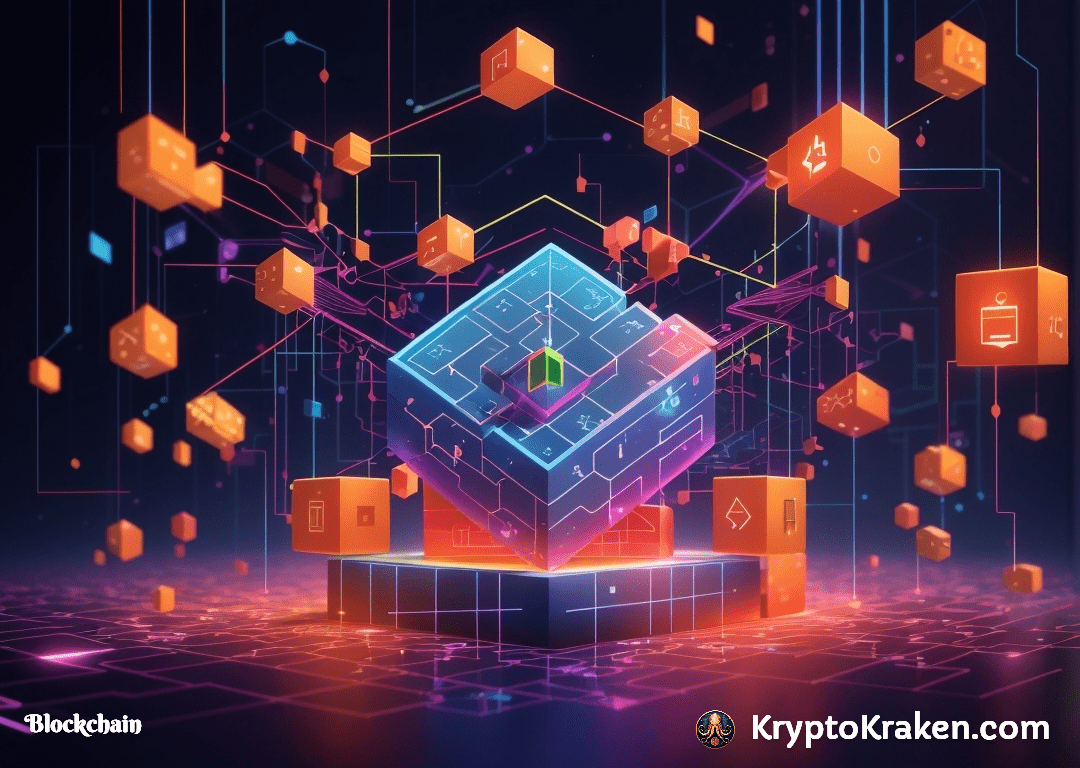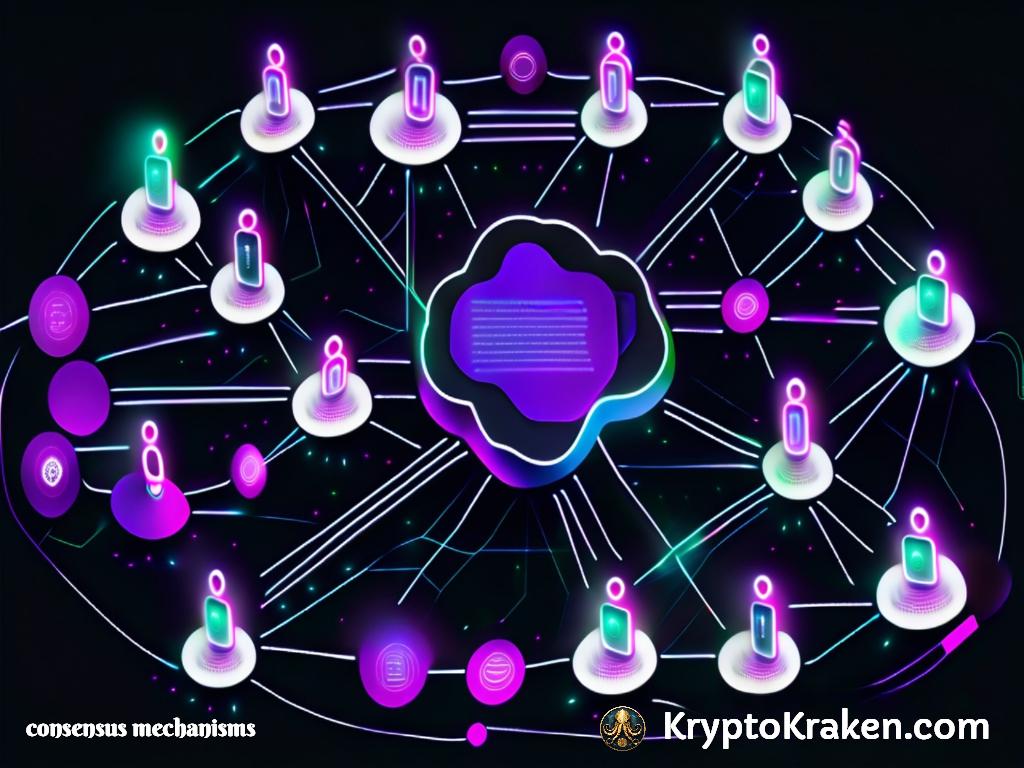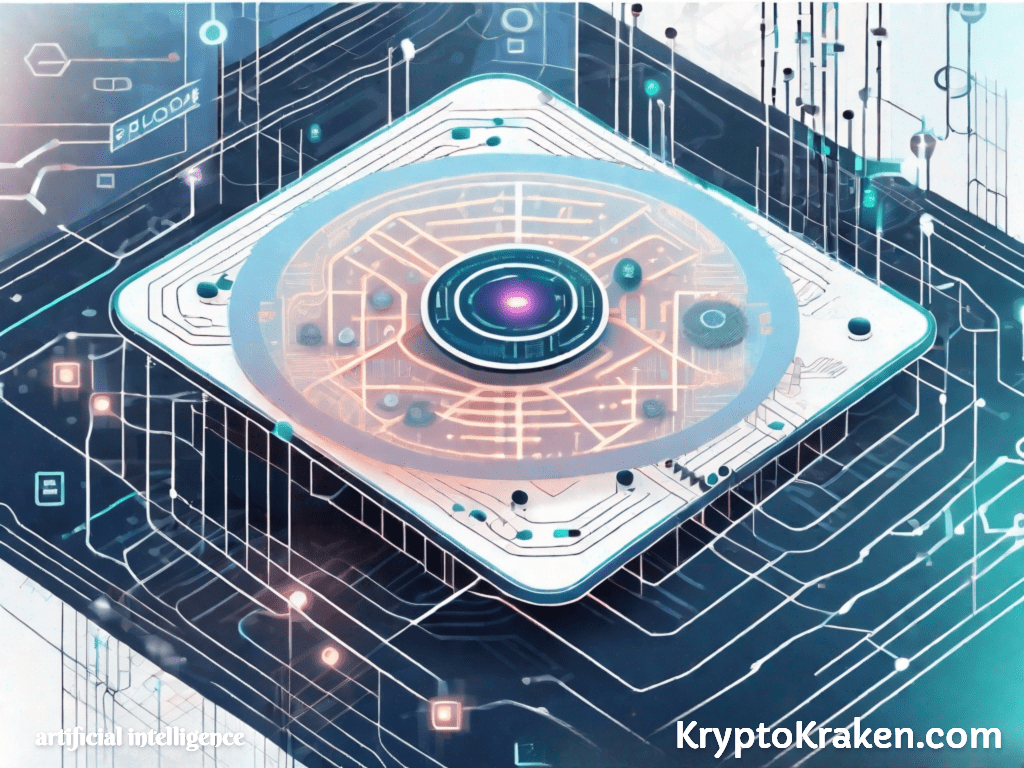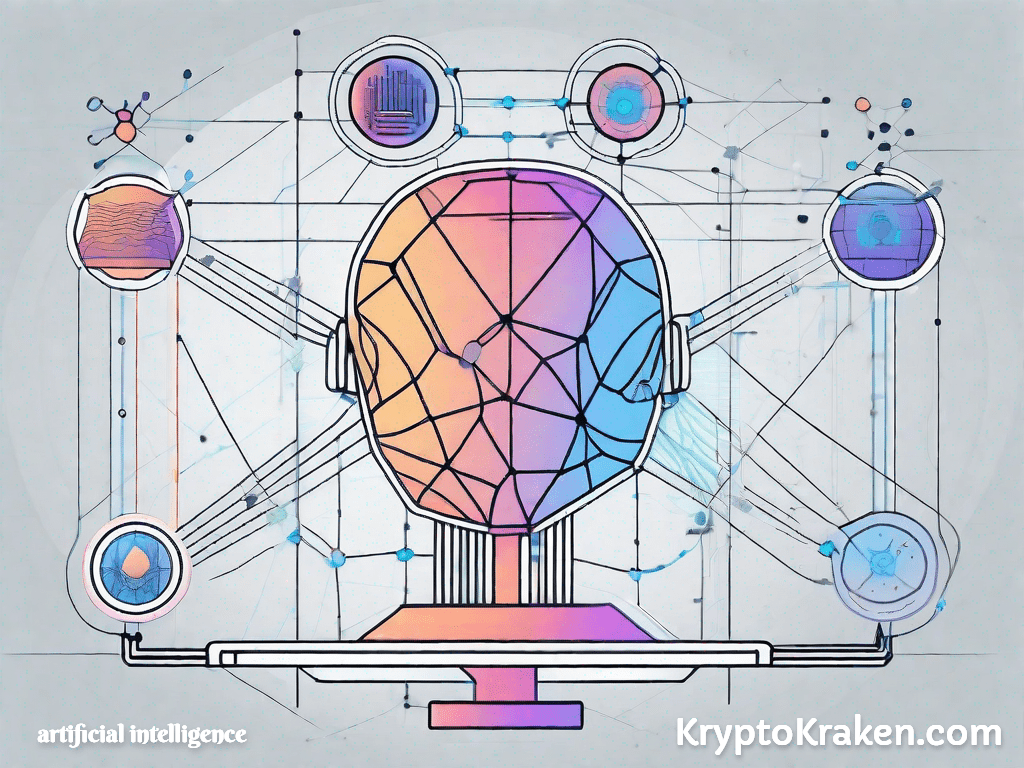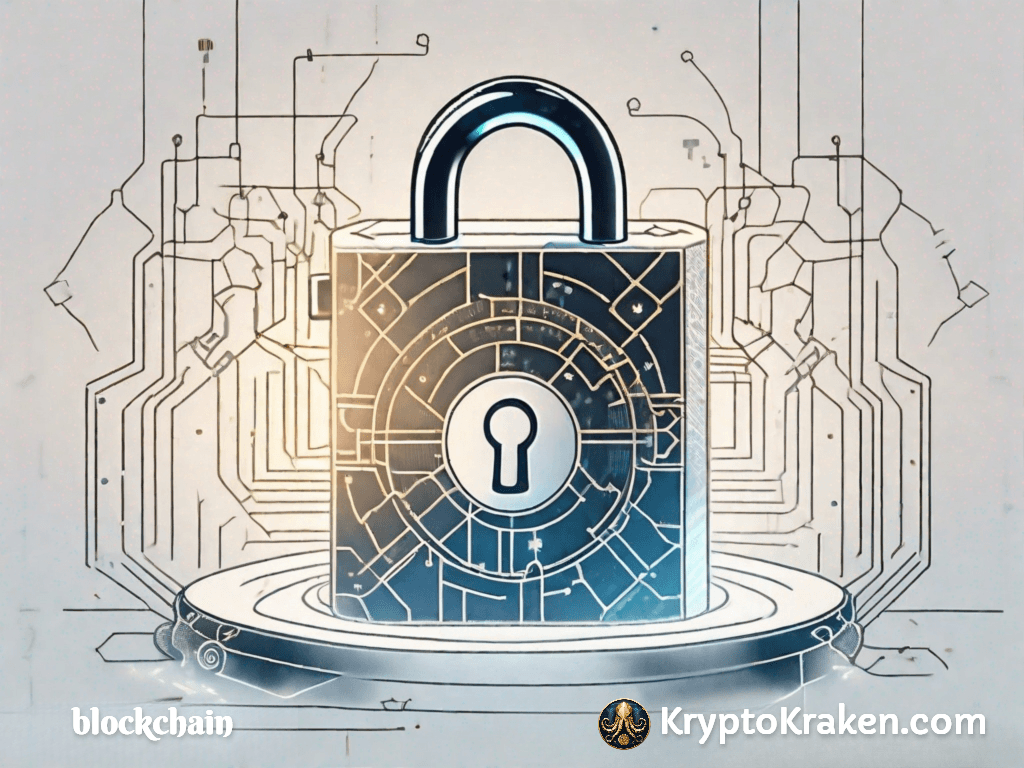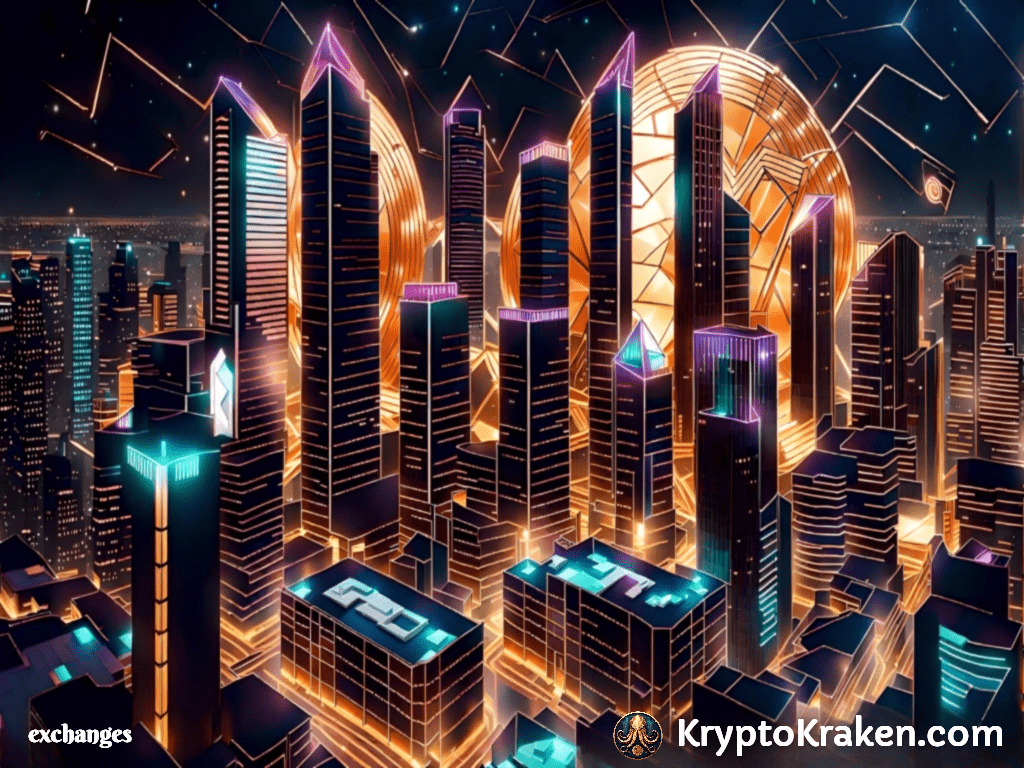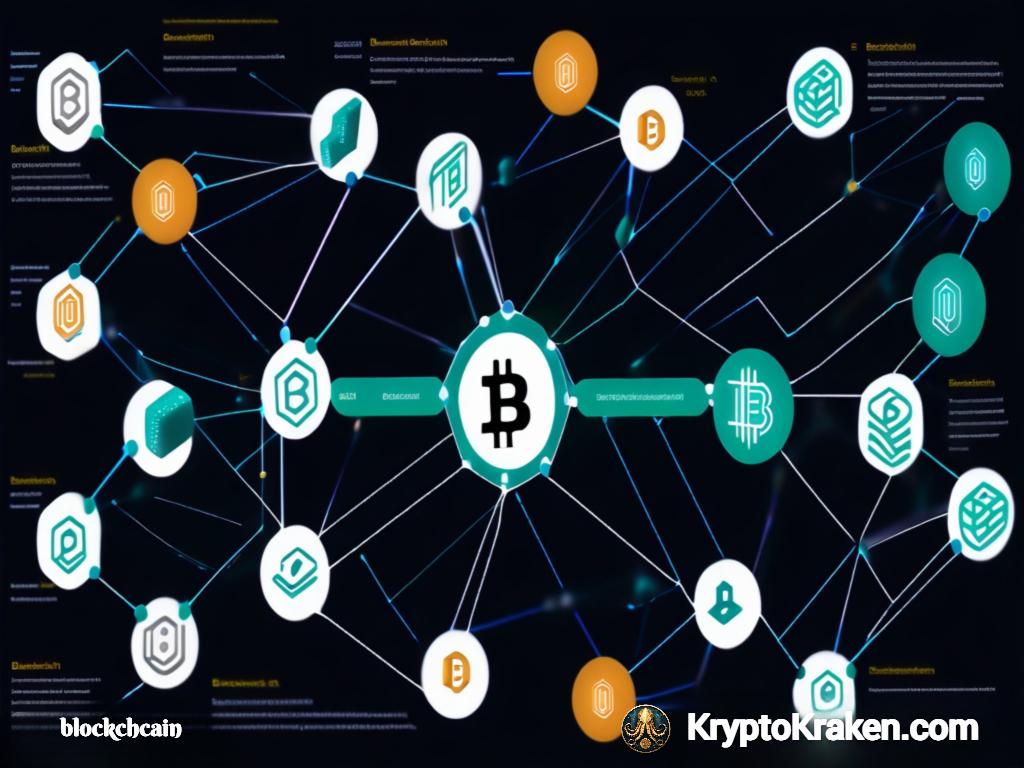
- February 5, 2024
- Carol Thomas
- 0
An Introduction to Blockchain Nodes: Understanding the Basics
In today’s digital landscape, blockchain technology has emerged as a revolutionary force, transforming various industries and challenging traditional systems. At the heart of this transformative technology are blockchain nodes, playing a crucial role in the functioning and security of blockchain networks. In this article, we will dive deep into the world of blockchain nodes, understanding their fundamentals, exploring their working mechanisms, and delving into their benefits, challenges, and future potential.
Table of Contents
What is Blockchain?
Before we embark on our journey to explore blockchain nodes, let’s first grasp the concept of blockchain itself. At its core, a blockchain is a distributed ledger that securely records and verifies transactions across multiple computers or nodes. It operates on the principles of transparency, decentralization, and immutability, making it a highly secure and reliable technology.
The Concept of Decentralization
One of the key tenets of blockchain technology is decentralization. Unlike traditional systems that rely on a central authority, blockchain networks distribute power across multiple nodes, ensuring that no single entity has control over the entire network. This democratic approach enhances transparency and reduces the risk of manipulation or fraud.
Importance of Transparency and Security in Blockchain
Transparency and security are fundamental pillars of blockchain technology. By leveraging cryptographic techniques, blockchain ensures that every transaction is transparently recorded on a public ledger. This transparency not only fosters trust among participants but also increases accountability and prevents tampering.
Additionally, the secure nature of blockchain, powered by encryption algorithms and consensus mechanisms, greatly diminishes the risk of data breaches or fraudulent activities. This robust security framework makes blockchain an ideal solution for industries dealing with sensitive data, such as finance, healthcare, and supply chain management.
Furthermore, the transparency provided by blockchain technology has far-reaching implications. Imagine a scenario where a consumer purchases a product from a retailer. With traditional systems, the consumer has to trust that the retailer accurately records the transaction and maintains the integrity of the data. However, with blockchain, the transaction is recorded on a public ledger that can be accessed by all participants. This means that the consumer can verify the authenticity of the transaction and ensure that it has not been tampered with.
Moreover, the decentralized nature of blockchain ensures that no single entity has control over the network. This eliminates the need for intermediaries, such as banks or payment processors, reducing costs and increasing efficiency. In a traditional financial system, transferring money internationally can be a lengthy and expensive process due to the involvement of multiple intermediaries. However, with blockchain, the transaction can be executed directly between the sender and the receiver, bypassing unnecessary intermediaries and streamlining the process.
Defining Blockchain Nodes
Now that we have grasped the essence of blockchain, let’s move on to understand the concept of blockchain nodes. Put simply, a blockchain node refers to a computer or device that participates in a blockchain network. These nodes maintain a copy of the entire blockchain ledger and perform various essential functions within the network.
Role of Nodes in Blockchain
The role of nodes in a blockchain network is pivotal. They act as the backbone of the decentralized system, relaying and validating transactions, preserving the integrity of the network, and ensuring consensus among all participants. Without nodes, a blockchain network would cease to exist.
Different Types of Blockchain Nodes
There are different types of blockchain nodes, each serving a specific purpose. One common type is the full node, which stores the entire blockchain and performs all necessary functions, including transaction verification and block validation. Another type is the lightweight or thin node, which only stores a part of the blockchain and relies on full nodes for verification. Additionally, there are also masternodes, which serve specific functions, such as facilitating advanced transactions or participating in governance processes.
Let’s delve deeper into the role of full nodes. These nodes are the workhorses of the blockchain network, responsible for maintaining the complete copy of the blockchain ledger. They play a crucial role in ensuring the security and reliability of the network by independently verifying each transaction and validating new blocks. Full nodes are also responsible for broadcasting transactions to other nodes, ensuring that the information is propagated throughout the network.

On the other hand, lightweight or thin nodes provide a more lightweight alternative for users who do not want to store the entire blockchain on their devices. These nodes store only a subset of the blockchain, relying on full nodes for verification. While they may not have the same level of security as full nodes, lightweight nodes still contribute to the overall decentralization of the network by participating in transaction verification and relaying information to other nodes.
In addition to full nodes and lightweight nodes, masternodes are another type of blockchain node that serve specific functions. Masternodes are typically associated with cryptocurrencies that utilize masternode systems, such as Dash or PIVX. These nodes often require a certain amount of cryptocurrency to be locked as collateral, which helps maintain the stability and security of the network. Masternodes perform tasks such as facilitating instant transactions, participating in governance processes, and providing additional network services.
How Blockchain Nodes Work
Now that we have a solid understanding of the role and types of blockchain nodes, let’s explore how these nodes work and contribute to the overall functioning of the blockchain network.
Blockchain nodes play a crucial role in the transaction verification process within a blockchain network. When a transaction is initiated, it needs to be verified to ensure its validity and prevent double-spending. This verification process is performed by blockchain nodes, which act as the gatekeepers of the network.
These nodes meticulously analyze the transaction details, checking if the sender has sufficient funds and verifying the digital signatures associated with the transaction. This thorough verification process ensures that only legitimate transactions are added to the blockchain, maintaining the integrity and immutability of the network.
Once a transaction is verified, it is added to a block, along with other validated transactions. These blocks are then linked together, forming the blockchain. The beauty of this system lies in its tamper-proof nature. Any attempt to alter a verified transaction would require modifying subsequent blocks, which is practically impossible due to the cryptographic hashing involved.
Consensus Mechanisms in Blockchain Nodes
Consensus mechanisms are an integral part of blockchain nodes, enabling them to reach agreement on the validity of transactions and the order in which they are added to the blockchain. Different blockchain networks employ various consensus mechanisms, each with its own unique characteristics and benefits.
One commonly used consensus mechanism is Proof of Work (PoW), which requires nodes to solve complex mathematical puzzles in order to validate transactions. This mechanism ensures that nodes actively participate in the network’s decision-making process, maintaining the security and reliability of the blockchain.
Another popular consensus mechanism is Proof of Stake (PoS), where nodes stake their own resources, such as cryptocurrency holdings, to validate transactions. This mechanism incentivizes node operators to act honestly, as any malicious activity would result in the loss of their staked resources.
Delegated Proof of Stake (DPoS) is yet another consensus mechanism utilized by certain blockchain networks. In this mechanism, a limited number of trusted nodes, known as delegates, are elected to validate transactions on behalf of the network. This approach enhances the efficiency of the consensus process, as delegates are chosen based on their reputation and expertise.
Regardless of the consensus mechanism employed, blockchain nodes actively participate in the consensus process, competing or collaborating with other nodes to ensure the stability and security of the network. Their collective efforts contribute to the decentralized nature of blockchain technology, making it resistant to censorship and manipulation.
Benefits of Blockchain Nodes
Blockchain nodes offer a range of significant benefits that contribute to the success and adoption of blockchain technology in various domains. Let’s explore some of these benefits:
Enhancing Security in Blockchain Networks
By distributing the blockchain ledger across multiple nodes, blockchain networks ensure a higher level of security compared to centralized systems. Even if some nodes are compromised, the integrity of the network remains intact, as the majority of honest nodes continue to validate transactions and maintain the blockchain’s integrity. This decentralized security framework decreases the risk of hacking, fraud, and data manipulation.
Facilitating Decentralization
Blockchain nodes play a vital role in facilitating decentralization, which is the cornerstone of blockchain technology. By eliminating the need for a central authority or intermediary, blockchain nodes empower participants to interact directly, fostering trust, peer-to-peer transactions, and disintermediation. This decentralization opens up new possibilities for individuals, businesses, and entire industries, enabling innovation, efficiency, and inclusivity.
But the benefits of blockchain nodes don’t stop there. Let’s delve deeper into some additional advantages:
Ensuring Consensus and Immutability
Blockchain nodes contribute to the consensus mechanism, ensuring that all participants agree on the validity of transactions and the state of the blockchain. Through a consensus algorithm, such as proof-of-work or proof-of-stake, nodes work together to validate and confirm transactions, creating a shared and immutable record of all activities. This consensus mechanism adds an extra layer of trust and transparency to the blockchain network.
Increasing Network Resilience
With blockchain nodes spread across different geographical locations, the network becomes more resilient to failures and attacks. If one node goes offline or experiences a malfunction, other nodes can step in and continue to maintain the network’s operations. This redundancy and fault tolerance make blockchain networks highly resilient and less susceptible to single points of failure, ensuring uninterrupted service and data availability.
As you can see, blockchain nodes offer a multitude of benefits that go beyond just security and decentralization. Their role in ensuring consensus, immutability, and network resilience further strengthens the value proposition of blockchain technology in today’s digital landscape.

Challenges and Solutions in Blockchain Nodes
Although blockchain nodes offer significant advantages, they also face certain challenges. Understanding these challenges is crucial in overcoming them and ensuring the continued success and scalability of blockchain networks.
One of the key challenges that blockchain networks, particularly those employing Proof of Work (PoW) consensus mechanisms, often face is scalability. As the blockchain grows in size, so does the storage and processing power required by nodes. This can lead to slower transaction times and increased costs for participants. However, researchers and developers are actively working on alternative consensus mechanisms, such as Proof of Stake (PoS) and sharding, to address these scalability concerns. PoS, for example, allows nodes to validate transactions based on the number of coins they hold, rather than relying solely on computational power. Sharding, on the other hand, involves dividing the blockchain into smaller parts called shards, which can be processed simultaneously, significantly improving scalability.
In addition to scalability, energy consumption is another challenge associated with blockchain nodes, particularly in PoW-based networks. The computational power required to solve complex mathematical problems and mine new blocks consumes a significant amount of energy. This has raised environmental concerns and led to the exploration of greener alternatives. One such alternative is PoS, which requires validators to hold a certain amount of cryptocurrency as collateral, reducing the need for energy-intensive mining. Energy-efficient consensus mechanisms are also being developed, which aim to minimize the energy consumption of blockchain networks without compromising security and decentralization. By transitioning to more sustainable approaches, blockchain networks can minimize their carbon footprint and promote a more eco-friendly infrastructure.
Overcoming these challenges is crucial for the widespread adoption of blockchain technology. As researchers and developers continue to innovate and explore new solutions, blockchain networks have the potential to revolutionize various industries, from finance to supply chain management, by providing secure and transparent transactions.
The Future of Blockchain Nodes
As blockchain technology continues to evolve and mature, so do blockchain nodes. Innovations and developments in node technology hold tremendous potential for the future of various industries and the broader adoption of blockchain. Let’s explore some exciting trends and possibilities:
Innovations and Developments in Node Technology
The relentless pursuit of innovation has led to advancements in blockchain node technology. Projects are underway to enhance node performance, scalability, and interoperability. Developers are exploring novel consensus mechanisms, lightweight node architectures, and cross-chain compatibility to address existing challenges and provide more efficient, user-friendly blockchain solutions.
One notable innovation in node technology is the concept of sharding. Sharding involves splitting the blockchain network into smaller, more manageable parts called shards. Each shard contains a subset of the network’s data and transactions, allowing for parallel processing and improved scalability. By distributing the workload across multiple shards, blockchain nodes can handle a significantly larger number of transactions per second, making blockchain technology more viable for high-demand applications such as global payment systems or decentralized exchanges.
Impact of Blockchain Nodes on Various Industries
The impact of blockchain nodes extends far beyond the realm of cryptocurrencies. Industries such as finance, supply chain, healthcare, and governance are beginning to harness the power of blockchain to streamline operations, increase transparency, and enhance security. From enabling real-time settlement in the financial sector to ensuring the provenance of goods in supply chains, blockchain nodes have the potential to revolutionize countless industries and pave the way for a more connected and trustworthy future.
For instance, in the healthcare industry, blockchain nodes can play a crucial role in securely storing and sharing patient data. By utilizing a decentralized network of nodes, healthcare providers can ensure that patient records are tamper-proof and accessible only to authorized individuals. This not only improves data integrity but also enables seamless sharing of medical information between different healthcare providers, leading to more accurate diagnoses, better treatment outcomes, and ultimately, improved patient care.
Furthermore, blockchain nodes can also have a significant impact on governance systems. By utilizing a decentralized network of nodes, governments can enhance transparency and accountability in their operations. For example, voting systems built on blockchain technology can ensure that each vote is recorded immutably and can be audited by anyone, thereby reducing the risk of fraud and increasing public trust in the electoral process.
As we conclude our journey into the realm of blockchain nodes, it becomes clear that these intricate components play a vital role in the functioning and success of blockchain networks. Whether it’s ensuring security, fostering decentralization, or driving innovation, nodes serve as the backbone of this transformative technology. As blockchain continues to reshape industries and challenge existing norms, understanding the fundamentals of blockchain nodes is a crucial step towards harnessing the full potential of this revolutionary technology.
⭐⭐⭐⭐⭐ See the entire video selection at KryptoKraken Videos








